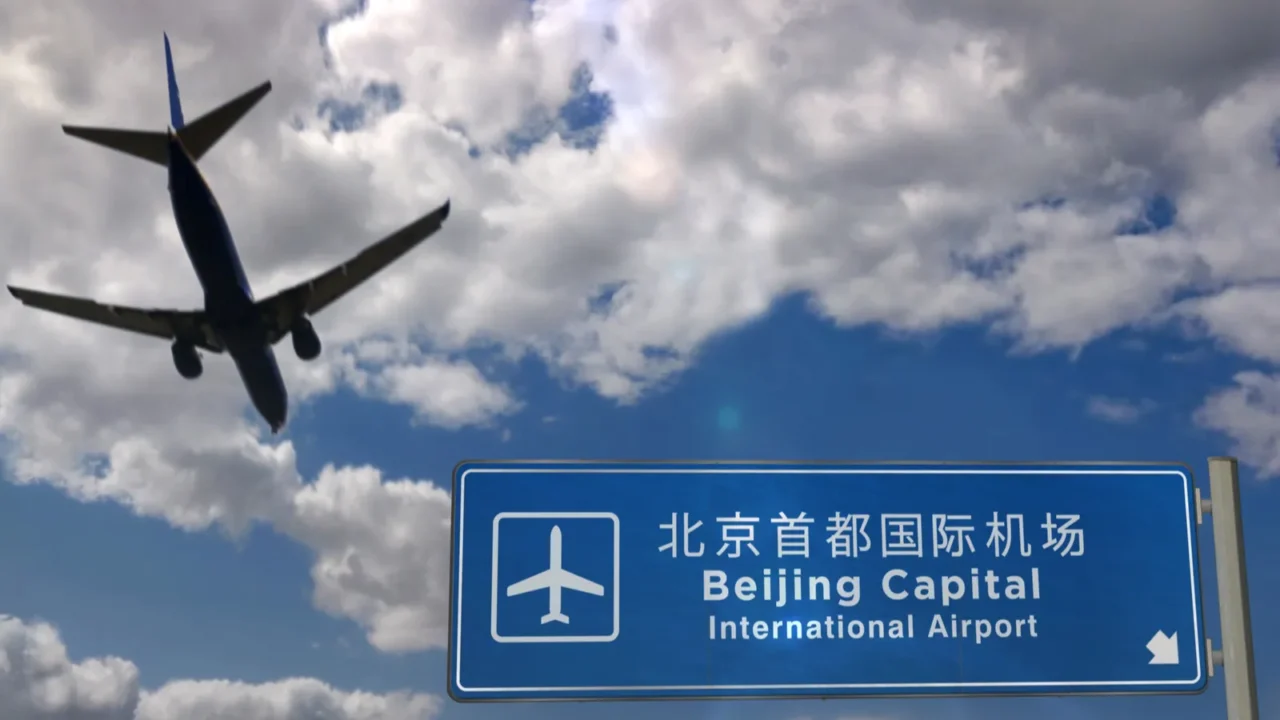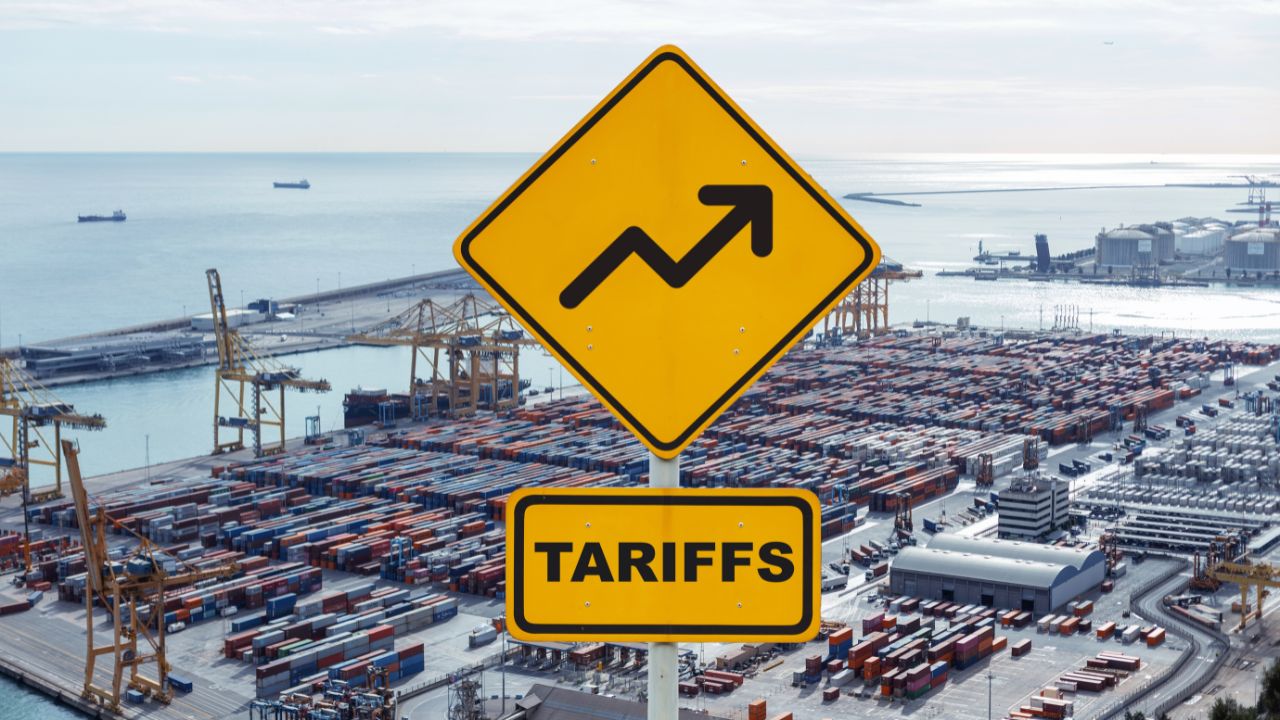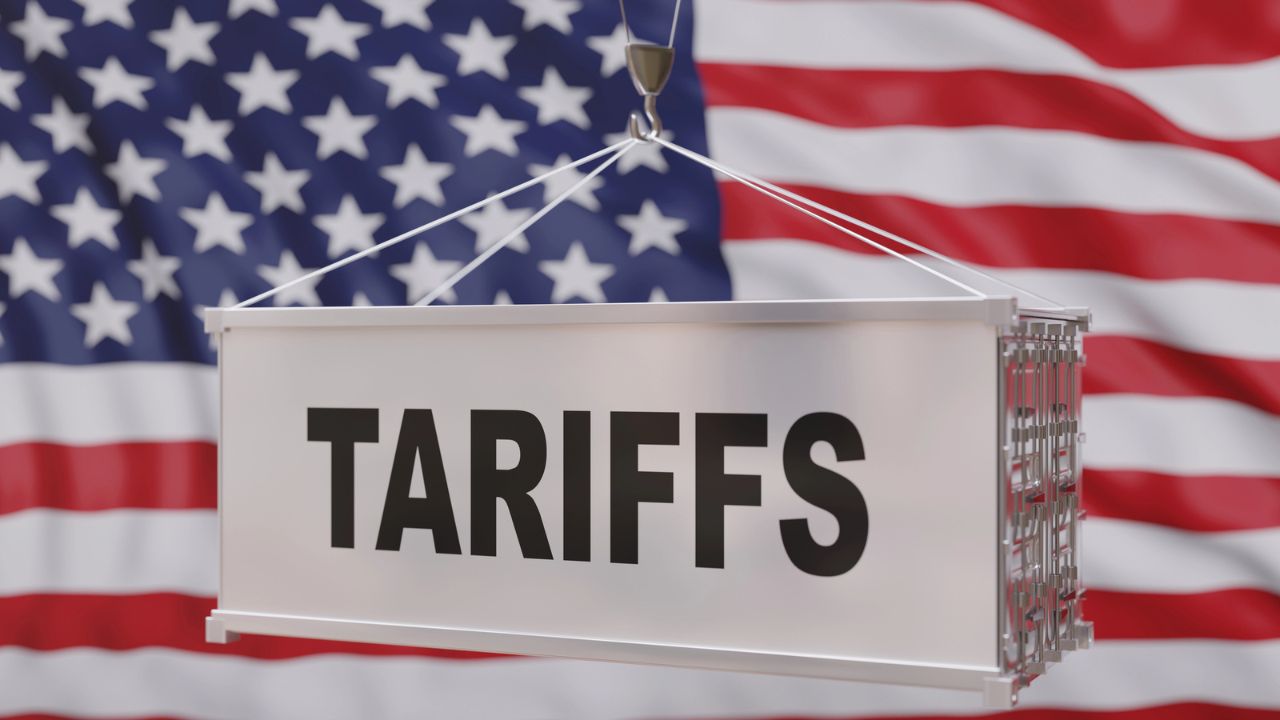
Something feels different this time
Business trips to China used to be routine, a normal part of doing business in a global market. But in 2025, things feel off. More U.S. companies are slowing down or canceling travel plans to China entirely, not out of panic, but because the risk seems to outweigh the reward.
Flights are getting postponed, not just literally, but strategically, because the confidence in China as a safe, smart destination is fading.

Trade tensions are heating up
Trade tensions between the U.S. and China are cutting deep into how companies operate. In fact, the 2025 USCBC Member Survey shows only 48% of U.S. firms intend to invest in China this year (down from 80% in 2024), reflecting mounting concerns over tariffs, regulatory uncertainty, and profitability.
These extra costs mean lost deals, supply chain struggles, and pricing nightmares. Companies are forced to rethink whether it’s worth sending people overseas when the rules of engagement keep changing.

Investment confidence is fading
Just a year ago, most U.S. companies were still investing in China, with 80% planning to grow their footprint there. Fast forward to 2025, and that number has dropped to just 48%.
That’s a major shift in a very short time, and it signals growing doubt about China’s long-term potential. Moreover, while new foreign‑invested enterprise registrations in early 2025 rose 12.1% year‑on‑year, actual foreign direct investment inflows dropped nearly 11%, indicating that interest on paper isn’t translating into capital deployment.

Tariffs are making deals messy
Tariffs used to be something companies worked around. Now, they’re breaking deals apart. In 2025, they’ve gone from being the 8th to the 2nd biggest concern for American companies in China.
Many are reporting lost sales, product delays, and increased pressure to renegotiate everything from shipping contracts to retail pricing. The uncertainty is draining resources and killing momentum.

Political winds keep shifting
The U.S.–China relationship feels like it’s constantly on pause, fast-forward, or rewind. One week, there’s progress in trade talks; the next, there are new threats or sanctions.
This back-and-forth makes it difficult to plan long-term strategies or even schedule a simple trip. Political instability is now seen as a major business risk, not just a government issue.
For executives and teams used to making deals on the ground, that instability introduces too much guesswork.

Safety and access concerns
Traveling to China for business isn’t as straightforward as it used to be. In 2025, political tensions have made the visa process slower and more complicated.
Notably, in July 2025, Wells Fargo suspended all business travel to China after a U.S. managing director, Chenyue Mao, was barred from leaving the country due to an exit ban, highlighting serious risks of restricted movement even for compliant travelers. The U.S. State Department has since urged heightened caution, especially around arbitrary enforcement and exit restrictions.
Even companies with long-standing operations in China are second-guessing their travel plans.

Raids and red tape
Regulatory pressure on U.S. businesses in China has increased noticeably. From surprise audits to unclear fines and investigations, many companies feel like they’re walking a tightrope.
Even firms following every rule find themselves facing sudden legal or compliance issues. This environment makes traveling to China riskier for company reps, especially those overseeing operations.

Rising anti-U.S. sentiment
More Chinese consumers are boycotting U.S. products, and some are vocal about it. This growing backlash creates an uncomfortable atmosphere for American business travelers. Even well-known brands that were once welcomed are seeing a drop in support.
The last thing a company wants is for its traveling team to walk into tension or hostility.

China’s growth is slowing
On paper, China’s economy is still growing at around 5%, but there’s a noticeable shift in energy. Many companies on the ground say consumer demand is soft, and optimism is fading.
The country is also dealing with deeper economic issues like youth unemployment and a shaky housing market. That kind of uncertainty makes it tough for U.S. companies to see long-term opportunities.

Eyes on Southeast Asia
Countries like Vietnam, Thailand, India, and Mexico are gaining traction as new business hubs. These markets are often seen as more stable, cost-effective, and flexible. For U.S. companies, that means less reliance on China and more attention elsewhere.
When supply chains shift, travel shifts with them. Executives and teams are now visiting factories, partners, and suppliers in new locations. These countries are rolling out the red carpet to attract U.S. business, and it’s working.

Supply chains are moving
Diversifying supply chains has become more than a buzzword; it’s now a business survival tactic. Companies have learned the hard way how dangerous it is to rely too heavily on one country.
That lesson hit home during the pandemic and again with rising tariffs and political flare-ups. Now, U.S. firms are looking for suppliers in multiple countries to stay flexible and avoid major disruptions.

Fashion and tech are hit hard
Industries like fashion, tech, and manufacturing are taking the brunt of U.S.–China trade troubles. These sectors rely heavily on global supply chains, fast timelines, and price-sensitive markets. When tariffs and delays hit, everything from smartphones to clothing lines feels the impact.
For many brands, China was once the heartbeat of production and innovation. But now, the risks are stacking up, from legal issues to public backlash.

Sales teams are staying local
Sales and business development teams were once the most frequent flyers to China. But in 2025, many of them are staying home or shifting their efforts elsewhere. Deals are taking longer, buyers are more cautious, and the political climate is adding friction.
With trust levels down and regulations up, face-to-face meetings don’t carry the same power they once did. Teams are relying more on local agents or digital platforms to handle sales and client relationships.

Meetings aren’t what they used to be
There was a time when showing up in person was non-negotiable in Chinese business culture. That’s changing. Zoom, Teams, and other digital platforms have filled the gap, especially during the pandemic, and now they’re sticking around.
Many U.S. companies have discovered that they can still close deals and maintain partnerships without sending people overseas. It saves money, cuts risk, and avoids all the current headaches around travel.

Travel costs are climbing
Flights are more expensive. So are hotels, insurance, and everything else tied to international business travel. Add to that the unpredictability of global politics, and it’s easy to see why companies are scaling back.
If the cost of travel keeps going up while the chances of sealing a deal go down, it doesn’t make much sense to keep sending teams across the globe. Banned? See where Americans are being turned away.

Focus is shifting to core markets
More U.S. companies are putting their attention into core markets that offer better returns with less drama. That means leaning into places where demand is strong, the rules are clear, and the risks are manageable.
China used to be a top-tier focus for expansion, but not anymore. Businesses want predictable partners, not constant political puzzles. See what’s really slowing global tourism in 2025.
Do you think U.S.-China business travel will bounce back or keep shifting? Share your take in the comments, we’d love to hear your perspective.
Read More From This Brand:
- Dreamiest Lakes to Visit in Minnesota
- The Best Walkable Cities for a Car-Free Getaway
- The Most Iconic Hotel Buildings Around the World
Don’t forget to follow us for more exclusive content right here on MSN.
This slideshow was made with AI assistance and human editing.